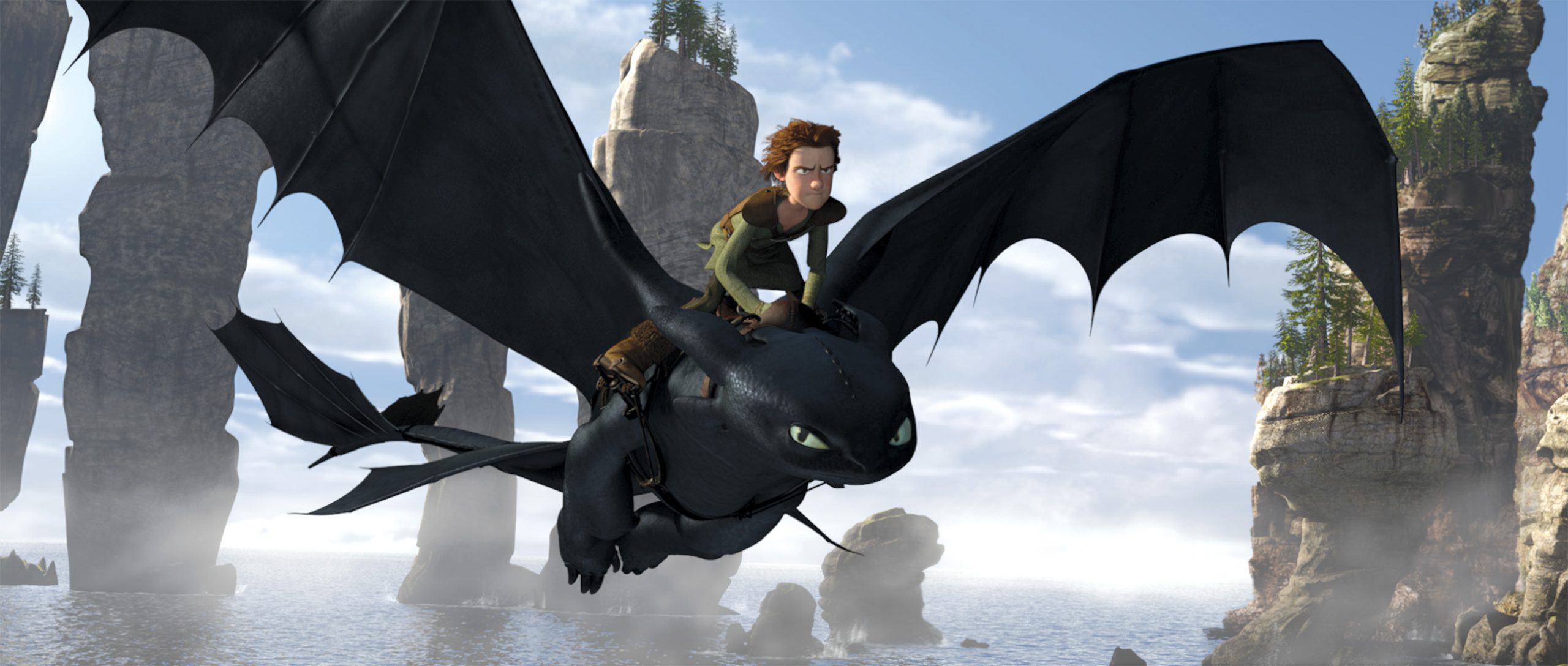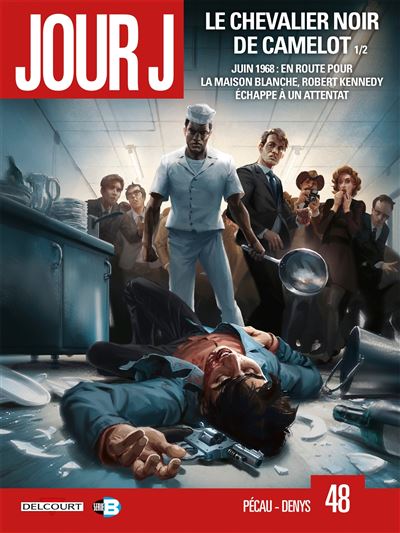Young Red's life has never been easy, but she becomes hell when she is kidnapped to work on a ship sailing to Asia. Back in Portland, Shanghai Red has only one goal: revenge.
The cruise is not fun at all
In the nineteenth century, everyday life is a survival and even more so for women. Having to provide for his mother and younger sister, Red chose to disguise himself as a man to find work more easily. One evening, while relaxing with friends in a bar, she is drugged and kidnapped and finds herself on a boat bound for Shanghai. Like many sailors, she was forcibly conscripted. It would take him years to organize a mutiny and then return to America. But the hardest part remains to be done: find her family and especially understand why, and by whom she was trapped.  Shanghai Red puts at the center of the story a strong woman although her body is marked by the violence suffered. By being whipped and humiliated on the boat, Red had become a simple thing. A final humiliation is the straw that breaks the camel's back. Red then crosses moral boundaries. All those who have hurt her or who will prevent the achievement of her goal are to her only beasts. She no longer forgives but takes revenge and her violence baffles men. However, once back in Portland, the reality will turn out to be much more complex than expected. Published by Hi Comics, this comprehensive five-episode story is written by Christopher Sebela, and drawn and colored by Joshua Hixson. To tell these historical facts, the designer chooses a radical colorization: red parts regularly appear like the chorus of a Murder Ballads in the middle of often dark and monochrome boxes. His style does not aim at precision (historical or anatomical) but at the transmission of the atmosphere like Francesco Francavilla. The boundaries between forms are like Red's morality, blurred. This fits in with the narrative but we could appreciate finer boxes.
Shanghai Red puts at the center of the story a strong woman although her body is marked by the violence suffered. By being whipped and humiliated on the boat, Red had become a simple thing. A final humiliation is the straw that breaks the camel's back. Red then crosses moral boundaries. All those who have hurt her or who will prevent the achievement of her goal are to her only beasts. She no longer forgives but takes revenge and her violence baffles men. However, once back in Portland, the reality will turn out to be much more complex than expected. Published by Hi Comics, this comprehensive five-episode story is written by Christopher Sebela, and drawn and colored by Joshua Hixson. To tell these historical facts, the designer chooses a radical colorization: red parts regularly appear like the chorus of a Murder Ballads in the middle of often dark and monochrome boxes. His style does not aim at precision (historical or anatomical) but at the transmission of the atmosphere like Francesco Francavilla. The boundaries between forms are like Red's morality, blurred. This fits in with the narrative but we could appreciate finer boxes.
Shanghai Red travels back in time
Through a quest for revenge, Shanghai Red shows us the other side of the American dream: slums rented at high prices, alcohol to forget the hardness of work, brothels where sailors squander their meagre wages, forced prostitution of women whose husbands have left. In addition, Sebela introduces us to a little-known part of the history of the navy. Sailors were kidnapped and then, sold, they spent several years working in atrocious conditions on dilapidated ships to repay these debts. However, Red's violence was not born on the boat but began from his (not so) early childhood. This young woman, who has become ruthless, is not the only one who has experienced legal or illegal violence. It is the symptom of a sick capitalist society and of an American society that from the conquest of the East was born in blood. Only nature allows you to be truly free.  Shanghai Red also makes us think about the place of women. The various female characters are very far from the self-effacing woman at home. In addition, Red becomes Jack to ensure the survival of his family and discovers by this cross-dressing a great freedom. This theme is reminiscent of Mauvais Genre where Chloé Cruchaudet told the life of a soldier who disguises himself as a woman during the First World War to escape the butchery of the front. Shanghai Red is an uncompromising comic. Red is a woman returned from everything who finds in revenge an outlet for her suffering. Joshua Hixson's drawing is just as brutal as the acts written by Christopher Sebela. The choice of summary justice developed in this complete account may be considered doubtful, but it is also salutary to see an oppressed woman rise up to reject the oppression of society and men. If you are looking for a story in the same graphic atmosphere, we advise you to read the review of Afterlife with Archie by Francesco Francavilla and the western 7 Deadly Sins if you are looking for a story of revenge.
Shanghai Red also makes us think about the place of women. The various female characters are very far from the self-effacing woman at home. In addition, Red becomes Jack to ensure the survival of his family and discovers by this cross-dressing a great freedom. This theme is reminiscent of Mauvais Genre where Chloé Cruchaudet told the life of a soldier who disguises himself as a woman during the First World War to escape the butchery of the front. Shanghai Red is an uncompromising comic. Red is a woman returned from everything who finds in revenge an outlet for her suffering. Joshua Hixson's drawing is just as brutal as the acts written by Christopher Sebela. The choice of summary justice developed in this complete account may be considered doubtful, but it is also salutary to see an oppressed woman rise up to reject the oppression of society and men. If you are looking for a story in the same graphic atmosphere, we advise you to read the review of Afterlife with Archie by Francesco Francavilla and the western 7 Deadly Sins if you are looking for a story of revenge.






































